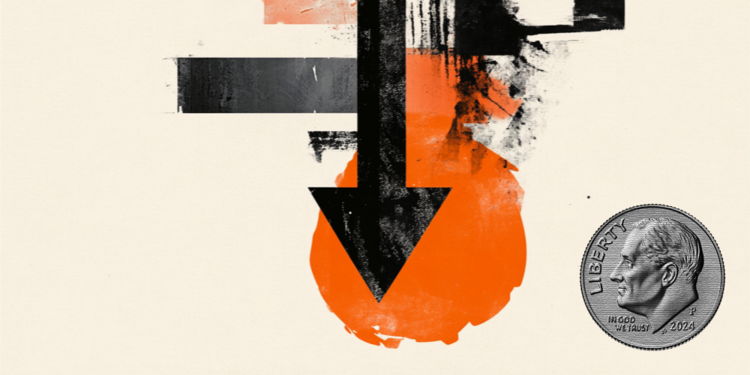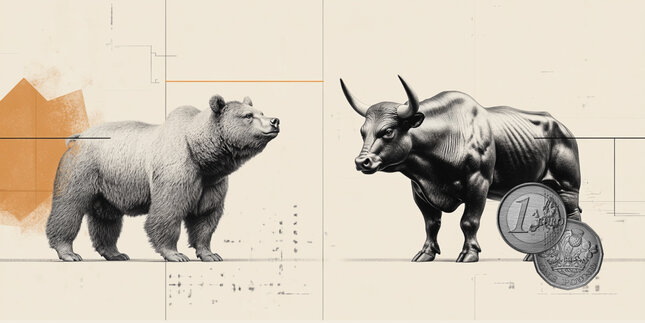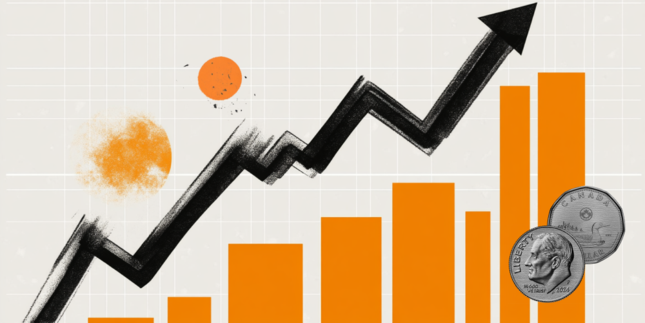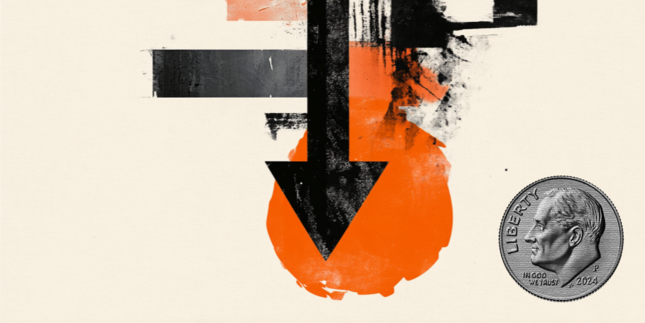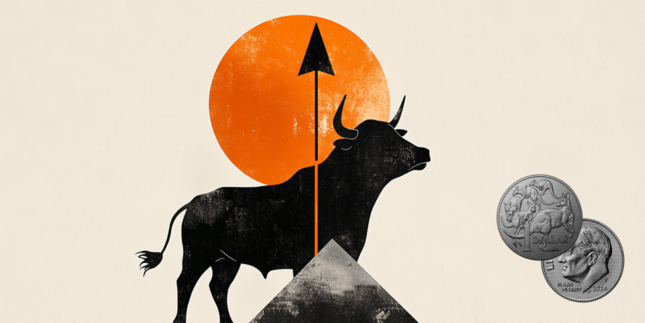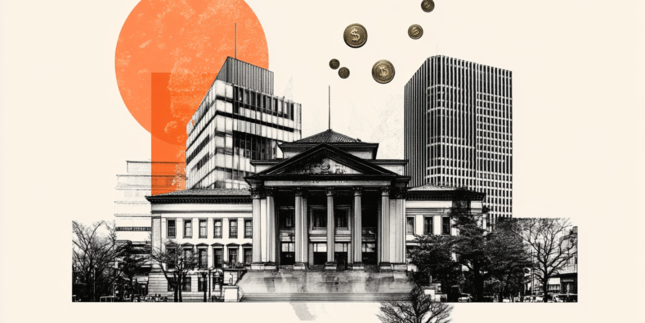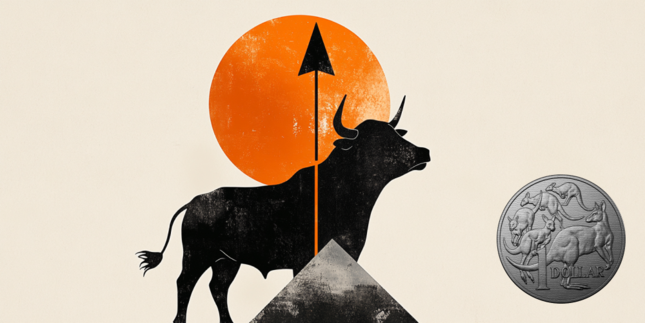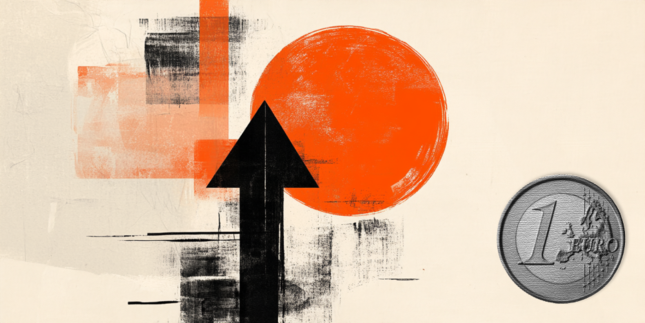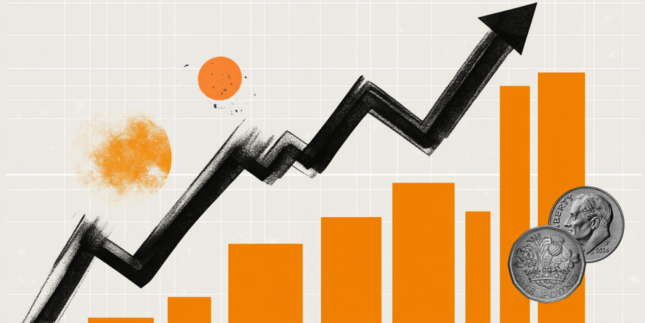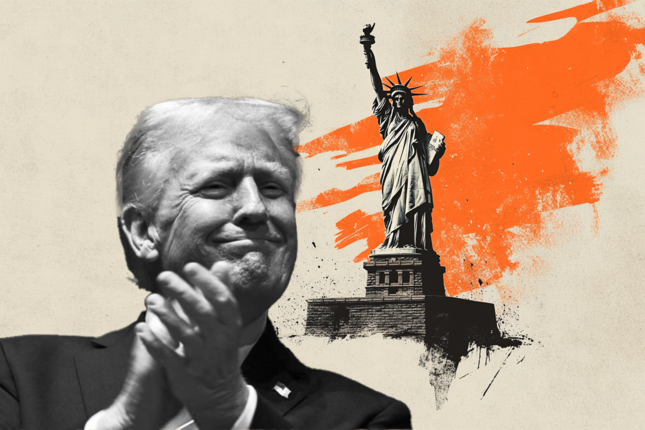USD/INR declines after mixed Indian PMI data
- The Indian Rupee rebounds in Friday’s early European session.
- HSBC India Manufacturing PMI rose to 58.0 in January vs. 56.4 prior; Services PMI eased during the same reported period.
- The routine RBI intervention and lower crude oil prices could support the INR.
- The US January S&P PMI data will be the highlight later on Friday.
The Indian Rupee (INR) trades in positive territory on Friday. The latest data released on Friday showed that the HSBC India Manufacturing Purchasing Managers Index (PMI) improved to 58.0 in January from 56.4 in December. Additionally, the Indian Services PMI eased to 56.8 in January versus 59.3 prior. The Composite PMI declined to 57.9 in January from 59.2 in December. The local currency remains strong in an immediate reaction to the mixed PMI data.
A fall in crude oil prices could provide some support to the INR as India is the world's third-largest oil consumer. Additionally, the Reserve Bank of India (RBI) allowed the Indian Rupee to move both ways with minimal intervention. This, in turn, might help limit the INR’s losses.
However, increased US Dollar (USD) demand from foreign banks operating in India, foreign portfolio outflows from Indian equities and the uncertainty surrounding tariff announcements by US President Donald Trump weigh on the local currency. Investors will keep an eye on the preliminary reading of US S&P PMI for January, which is due later on Friday.
Indian Rupee recovers amid President Trump’s demands
- “India’s manufacturing sector started the year strong, with output and new orders bouncing back from a relatively weak third fiscal quarter. The rise in new export orders was especially noticeable, and the easing of input cost inflation is also good news for manufacturers," said Pranjul Bhandari, chief India economist at HSBC.
- Moody's Ratings on Thursday noted the Indian Rupee has depreciated by around 5% in the last two years and has fallen by 20% in the last five years, making it one of the weakest-performing currencies in South and Southeast Asia.
- Attributing the fall in the Indian rupee solely to the US dollar getting stronger, said former RBI Governor Raghuram Rajan. He added that any intervention by the Indian central bank on this could end up harming Indian exports, even as he urged policymakers to focus on creating more jobs and boosting household consumption.
- Trump stated at the World Economic Forum in Davos, Switzerland, that he would ask Saudi Arabia and the Organization of the Petroleum Exporting Countries (OPEC) to lower the price of oil.
- "With oil prices going down, I'll demand that interest rates drop immediately, and likewise they should be dropping all over the world," said Trump.
- The US Initial Jobless Claims for the week ending January 18 rose to 223K, compared to 217K in the previous week, according to the US Department of Labor (DoL) on Thursday. This reading came in above the market consensus of 220K.
- Continuing Jobless Claims increased 46K to 1.899M for the week ending January 11.
USD/INR’s uptrend remains uninterrupted
The Indian Rupee trades on a softer note on the day. The positive view of the USD/INR pair remains in place, with the price holding above the ascending trend line and the key 100-day Exponential Moving Average (EMA) on the daily chart. The path of least resistance is to the upside as the 14-day Relative Strength Index (RSI) stands above the midline near 66.70.
The all-time high of 86.69 acts as an immediate resistance level for USD/INR. Any follow-through buying above the mentioned level could draw in some buyers to the 87.00 psychological mark.
On the bearish side, the initial support level is seen at 86.18, the low of January 20. A breach of this level could see the next downside target at 85.85, the low of January 10, followed by 85.65, the low of January 7.
Indian economy FAQs
The Indian economy has averaged a growth rate of 6.13% between 2006 and 2023, which makes it one of the fastest growing in the world. India’s high growth has attracted a lot of foreign investment. This includes Foreign Direct Investment (FDI) into physical projects and Foreign Indirect Investment (FII) by foreign funds into Indian financial markets. The greater the level of investment, the higher the demand for the Rupee (INR). Fluctuations in Dollar-demand from Indian importers also impact INR.
India has to import a great deal of its Oil and gasoline so the price of Oil can have a direct impact on the Rupee. Oil is mostly traded in US Dollars (USD) on international markets so if the price of Oil rises, aggregate demand for USD increases and Indian importers have to sell more Rupees to meet that demand, which is depreciative for the Rupee.
Inflation has a complex effect on the Rupee. Ultimately it indicates an increase in money supply which reduces the Rupee’s overall value. Yet if it rises above the Reserve Bank of India’s (RBI) 4% target, the RBI will raise interest rates to bring it down by reducing credit. Higher interest rates, especially real rates (the difference between interest rates and inflation) strengthen the Rupee. They make India a more profitable place for international investors to park their money. A fall in inflation can be supportive of the Rupee. At the same time lower interest rates can have a depreciatory effect on the Rupee.
India has run a trade deficit for most of its recent history, indicating its imports outweigh its exports. Since the majority of international trade takes place in US Dollars, there are times – due to seasonal demand or order glut – where the high volume of imports leads to significant US Dollar- demand. During these periods the Rupee can weaken as it is heavily sold to meet the demand for Dollars. When markets experience increased volatility, the demand for US Dollars can also shoot up with a similarly negative effect on the Rupee.
Forex News
Keep up with the financial markets, know what's happening and what is affecting the markets with our latest market updates. Analyze market movers, trends and build your trading strategies accordingly.
